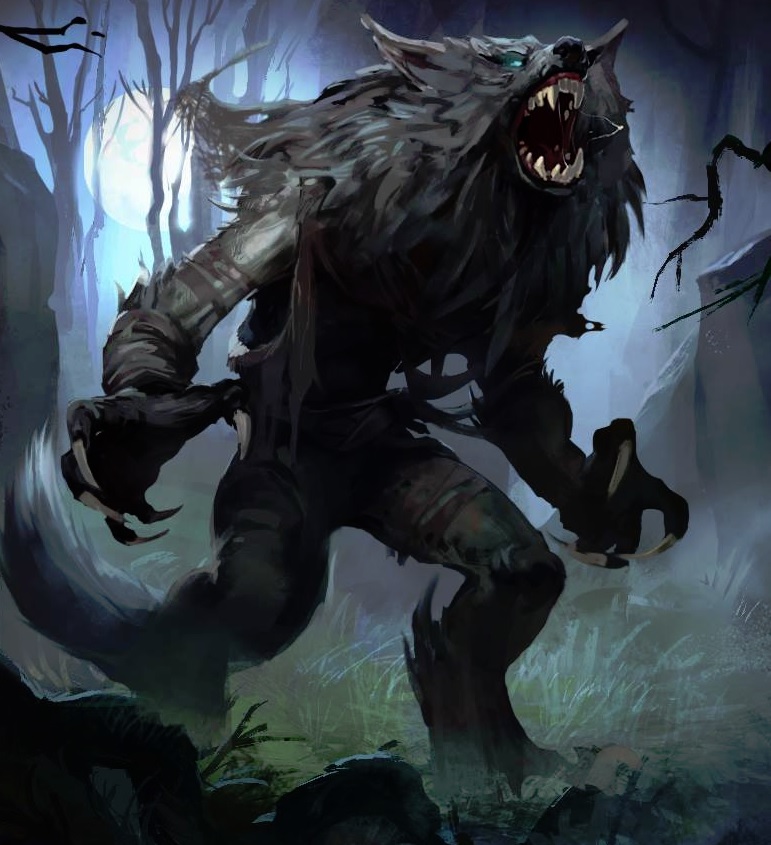
The tribes are all so stereotypical that it makes it hard to relate to them. They all had different roles in the spiritual realms, which makes these different traditions welcome because their expertise is so different from the Garou’s.īook of Auspices– I think that auspices are much more interesting than Tribes in this version of the game. In it you will find some basic rules for playing eleven different types of lycanthropes, from rats and cats to hyenas and sharks, oh and dinosaurs (yes, really). Players Guide to the Changing Breeds– If the idea of other types of were-beasts sounds cool, then you want to get this book. Were spiders and were-sharks were not my favorite thing in the world and didn’t seem to add anything to the setting. While some Changing Breeds were really cool, some were really stupid. But all of that pales when the bad guy of the game is the soul sucking manifestation of corruption, degradation, abuse and horror. The werewolves weren’t “good” in a lot of ways, and there was a large effort to make them seem anti-heroic: a “necessary evil” kind of set up. The game was much more black and white than other WoD titles. The over-the-top style of the WoD worked against the game in this case. While Pentex was actually Horrific in a very real sense, the eco-warriors versus evil corporation angle was a little too Captain Planet at times. The tribes that did make it in (European or not) were still stereotypical messes. The tribes were really not a strong point in the writing in general- there was only a passing glance made at including cultures that weren’t Northern European despite making a distinct “guardians of earth” claim. Making the form hereditary makes it different from Vampires, but makes the world make less sense. Instead, I like the idea of lycanthropy being a curse, maybe one that a cult puts on themselves on purpose. Werewolves being hereditary tribes of people with wolf blood/souls/whatever was really weird. This book gives a run down of what the tribes looked like then and what made life different for the Garou before human society was as pervasive.

If you want weird west, I’d recommend Deadlands instead.ĭark Ages: Werewolf– The revised edition of the Dark Ages line expanded it from just Vampires to include werewolves. While the theme would be popular with the Deadlands RPG, it didn’t sell well to the White Wolf fan base and got shunted over to an imprint where it was eventually put down. Werewolf: the Wild West– Released as a set of three historical games, one for each of the main White Wolf lines, Wild West never did very well. Everything from big cats to alligators (with ancestral memories that go back millennia) to sharks were involved. Player’s Guide to the Changing Breeds– While not a true sub-line of the game, the Changing Breeds were other lycanthropes that existed in the setting and that could be played with Werewolves.

Were-rats and Were-gators (the mokole) were especially cool. These were shape-changers that aren’t wolves that were given different tasks to do by Gaia. Some of the Changing Breeds were really cool and added a lot to the setting.

This is a spirit mascot that gives you bonuses but also lifestyle restrictions and was one of the coolest things ever put into a roleplaying game. You get to communally make a pack totem if your group spends enough points at character generation. It was like getting a job template, but your job was always to protect the Earth Spirit and war against the Wyrm and its spawn. I really liked that each werewolf was tied to a phase of the moon and that determined their caste abilities. The spirit realms the Werewolves talked with were rich and vibrant, the powers they gave you were strange and useful. The game had a lot of depth mechanically and thematically. Werewolves are pretty cool, but werewolves with tribal powers and magical weapons are even more cool. Even though you could and would face enemies other than the Wyrm/Pentex, having its presence in the setting made everything a potential plot of the insane destroyer god. There was a very tangible, easy to understand foe and goal.


 0 kommentar(er)
0 kommentar(er)
